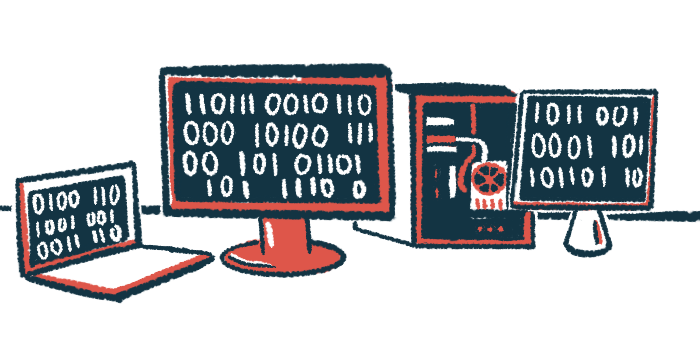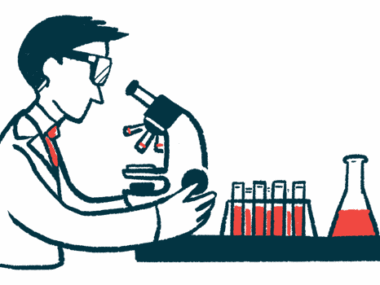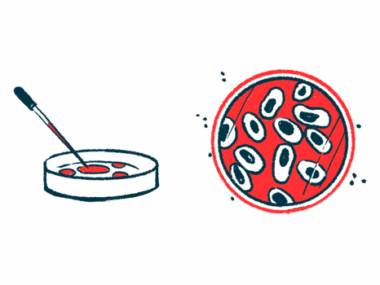Study: AI may help ID vital organ involvement in Sjögren’s patients
New model would be used to analyze biopsies of salivary glands
Written by |

Using artificial intelligence (AI) to analyze biopsies of the salivary glands in people with Sjögren’s disease may help identify patients who are likely to have disease involvement in vital organs, a new study reports.
According to the researchers, the novel model developed by the team “achieves high accuracy in predicting [vital organ involvement], outperforming traditional methods.”
“Our results demonstrate that the model can automatically identify key features within [salivary gland biopsies] and correlate them with the risk of [organ involvement],” the researchers wrote.
Titled “Artificial intelligence-based prediction of organ involvement in Sjogren’s syndrome using labial gland biopsy whole-slide images,” the study was published in the journal Clinical Rheumatology.
Sjögren’s is an autoimmune disease that almost always affects the salivary glands and/or tear ducts, resulting in symptoms like dry mouth and dry eyes. In some Sjögren’s patients, these are the only disease manifestations. In other individuals, however, Sjögren’s also affects vital organs like the lungs, kidneys, or blood vessels.
“Involvement of vital organs is significantly associated with the prognosis of [Sjögren’s disease], directly reducing patients’ quality of life and being a major cause of death in [Sjögren’s] patients,” the researchers wrote.
Using artificial intelligence to predict vital organ involvement
While involvement in vital organs can be a major health problem in people with Sjögren’s, it’s often difficult for clinicians to predict which patients are most likely to have this type of complication, especially in the early stages of the disease.
Now, a team of scientists in China set out to evaluate whether artificial intelligence, or AI, and machine learning could be used to help identify Sjögren’s patients at high risk of vital organ involvement.
“This study employed AI techniques to model and analyze [images of salivary gland] biopsies from patients with [Sjögren’s], with the aim of predicting the occurrence of [vital organ involvement],” the scientists wrote.
The researchers took biopsies from Sjögren’s disease patients with or without vital organ involvement and fed them into an AI program, which used mathematical rules to identify patterns associated with a greater likelihood of this complication. The AI was trained and validated on a set of biopsies from 124 patients. Then, biopsies from a separate set of 97 patients were used to test the model.
To measure the AI model’s accuracy, the researchers calculated a metric called the area under the receiver operator characteristic curve or AUC. This measure assesses how well a model can distinguish between two groups — in this case, with or without vital organ involvement. AUC values can range from 0.5 to 1, with higher numbers indicating better accuracy.
The AUC of the AI model on the test dataset was 0.732, reflecting reasonably good accuracy. Put another way, the model accurately classified nearly three-quarters of patients in the test dataset.
In analyses of the AI model and the biopsy images, the researchers noted that biopsies that showed high levels of certain immune cells in the saliva gland tissue — such as lymphocytes, a type of white blood cell — tended to be associated with vital organ involvement. Biopsies showing scarring, known as fibrosis, or destruction of cell structures in the salivary glands also were indicative of vital organ involvement, the data indicated.
This study demonstrates that a deep learning-based model can effectively predict the risk of [vital organ involvement] in [Sjögren’s] patients, providing a novel basis for clinical decision-making.
In noting the study’s “key points,” the researchers wrote that “the development of a noninvasive and objective diagnostic tool based on [this type of] analysis could benefit clinical practice and inform policy decisions regarding patient care” for people with Sjögren’s.
The team stressed that this study was limited to a relatively small number of patients, and emphasized a need for further research to validate the findings. Also, because this study only looked at patients who did or didn’t have vital organ involvement at the time of biopsy, there’s also a need for future research to test how well the AI model can predict the risk of future vital organ involvement, the team noted.
Overall, however, the researchers concluded that “this study demonstrates that a deep learning-based model can effectively predict the risk of [vital organ involvement] in [Sjögren’s] patients, providing a novel basis for clinical decision-making.”






